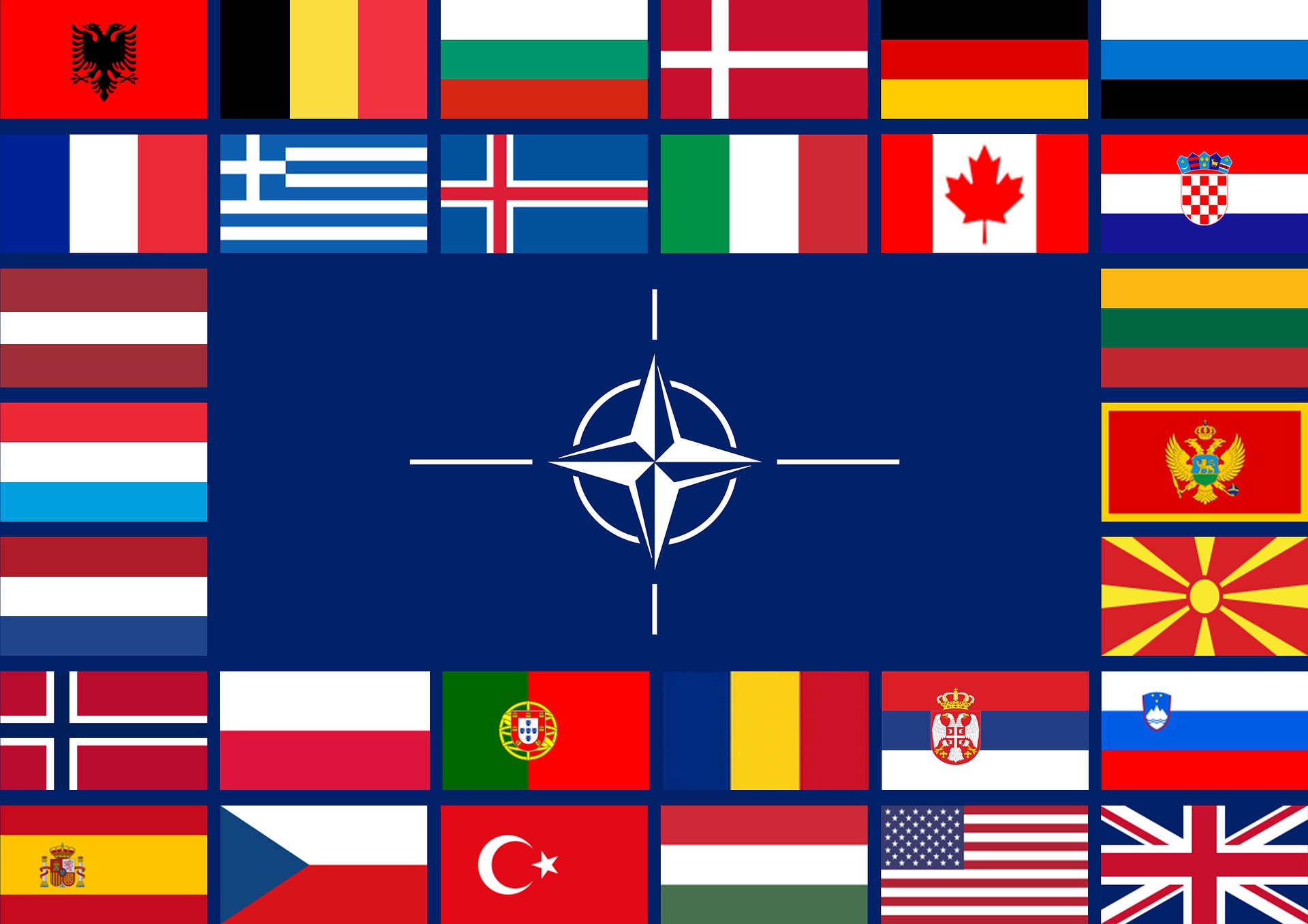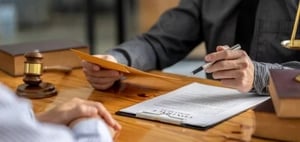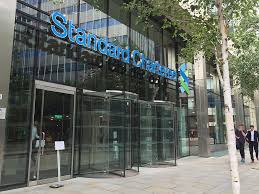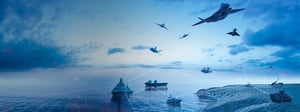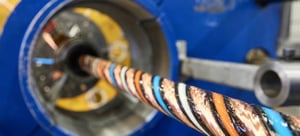Since the beginning of the Russian invasion in Ukraine, NATO has shown its support for Kiev but has avoided a photo of its Secretary General, Jens Stoltenberg, with President Volodymyr Zelensky, due to its potential implications in the conflict. All of this changed on Thursday when the political head of the Atlantic Alliance made a surprise trip to the Ukrainian capital, according to a NATO spokesperson. This is his first visit to the country since the war began.
At the moment, Stoltenberg’s meeting agenda during his visit to Kiev is unknown, which takes place the day before he participates in the Ramstein group meeting, the coalition of fifty countries that support Ukraine militarily.
In the early stages of the conflict, NATO ruled out sending troops and combat aircraft to Ukraine since it is not a military alliance partner. It has wanted to avoid an open conflict with Russia in this way, although it has supported the sending of weapons and military equipment to Kiev. It has also reinforced its defenses in Eastern Europe and increased its rapid response forces to 300,000. “Our intention is not to provoke a conflict but to prevent it,” Stoltenberg pointed out last March. Nevertheless, he was clear that any Russian attack on an ally will have a proportional response: “NATO will defend every inch of allied territory against any aggression.”
In parallel, the Ramstein group has coordinated the deployment of tanks to support the Ukrainian army, and they hope they will “make a difference” on the battlefield. German Marder armored vehicles are joined by American Bradleys and Leopard models. Spain, among others, has committed to delivering six Leopard 2A4 tanks to Kiev before the end of the month.
NATO is also working to boost the production of weapons and ammunition. The delivery of military equipment to Ukraine has substantially depleted the arsenals of the allies. European countries are also working to increase the production of 155-millimeter artillery shells, highly demanded by the Ukrainian army.

